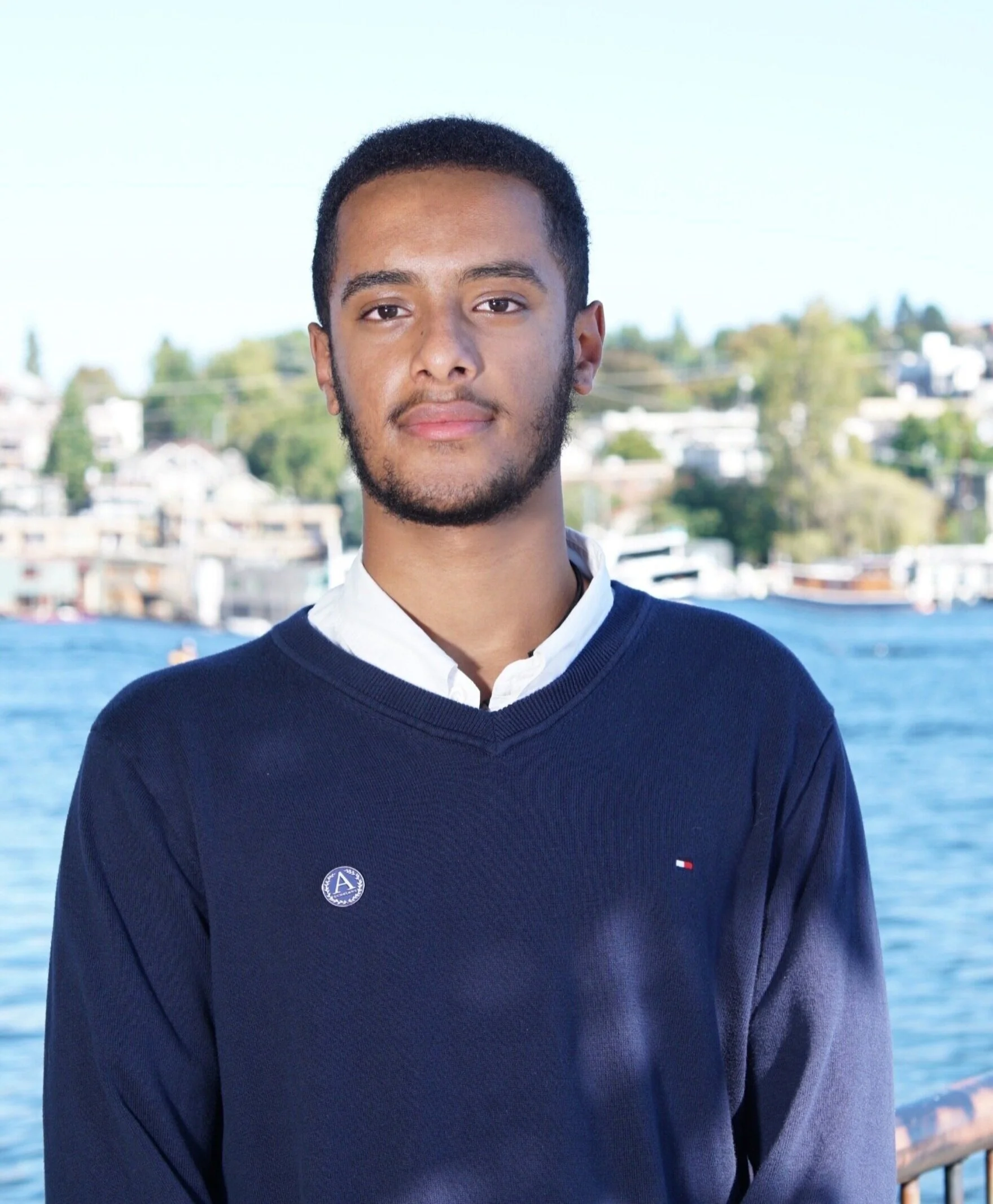The Mass Incarceration of African Americans in the Land of the Free
In the “Land of the Free,” we are home to the largest prison system in the modern history of the world. The free people of the United States account for 5% of the world’s population and yet constitute 25% of the world’s prison population. In addition, the demographics of those incarcerated suggest that we disproportionately target African American and Hispanic communities in the attempt to combat crime. Currently, over half of all those incarcerated are Black or Hispanic. As stated by the National Association for the Advancement of Colored People (NAACP), “If African Americans and Hispanics were incarcerated at the same rates as whites, prison and jail populations would decline by almost 40%.” What possible motives or ideals could drive the United States to incarcerate the way that it does? In an assessment of the development of this system of incarceration, I hone in on the economic and social factors which play a role in its stimulation. This is an issue which demands alertness because it is a thriving industry. Over recent years, our prison industry is growing with more prisons and more inmates: between 1980 and 2015, the number of people incarcerated increased from roughly 500,000 to 2.2 million. In order to understand the ill-intent behind this institution and reconstruct a tool of oppression into a fair and just asset, we must examine its history and present contexts to develop the ideal future product. In this assessment of the economic and social factors which contribute to the ongoing attack on minority communities in the US, we will consider how the legislative oppression of the Jim Crow era continues in the form of hyper criminalization and prosecution of America’s Black and Brown populations.
Abem Fekade-Tessema, Business Economics, Pre-Law ‘22
Abem Fekade-Tessema is a student in the Albers School of Business and Economics at Seattle University and currently seeks to obtain a degree in Economics. With this educational background and the potential addition of a political science or public policy minor, he strives to attend law school and further equip himself to become an analytical and self-confident leader to advocate for positive social advancements. In an attempt to always gain new insights, skills and perspectives, Abem -- who is a returner to Seattle University -- participates in various extracurriculars. He is the current Junior Class Representative in Student Government at Seattle U, a Manager in Training at the UREC facilities and is an active member of the Men’s and Coed Club Soccer teams.

